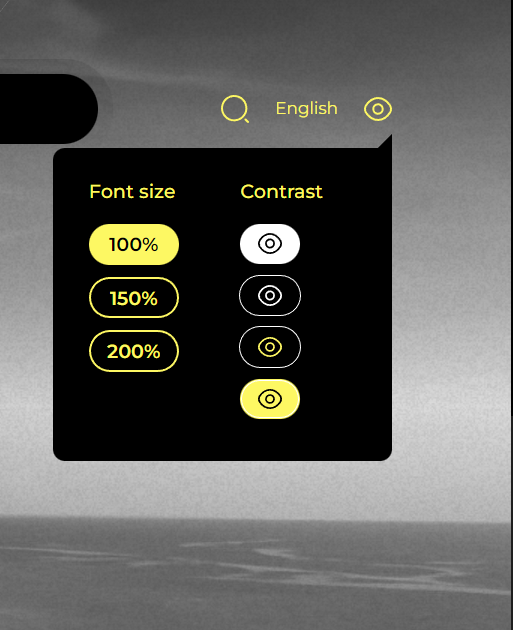In today’s digital world, User Experience (UX) and User Interface (UI) design play a crucial role in determining the success of any digital product. However, there are several myths surrounding UX/UI design that often lead to misconceptions and hinder the creation of user-centric experiences. In this article, we debunk 10 common UX/UI myths to help you make informed design decisions and deliver exceptional user experiences.
- UX/UI Design is Just About Aesthetics
While aesthetics are important, UX/UI design encompasses much more. It involves understanding user needs, conducting research, creating intuitive interactions, and optimizing usability. Aesthetics alone cannot guarantee a great user experience. - Users Will Figure It Out
Design should be intuitive and self-explanatory. Relying on users to figure things out can lead to frustration and abandonment. Conduct usability testing and provide clear instructions to ensure users can navigate your product effortlessly. - UX Design is Expensive and Time-Consuming
Investing in UX design is a strategic decision that saves time and money in the long run. Addressing user needs early in the design process reduces the risk of costly redesigns and improves user satisfaction, leading to increased conversions and customer loyalty. - Mobile Design is Just a Smaller Version of Desktop Design
Mobile design requires a different approach. The smaller screen size, touch interactions, and on-the-go context demand unique considerations. Optimize content, prioritize key actions, and ensure responsive design to deliver seamless experiences across devices. - Users Love Choice
Offering too many choices can overwhelm users, leading to decision paralysis. Provide users with a clear path and guide them towards desired actions. Limit options to prevent cognitive overload and improve decision-making.
By dispelling these common UX/UI myths, we hope to empower designers and product teams to create user-centric experiences. Remember, UX/UI design is a holistic approach that combines aesthetics, usability, and user satisfaction. Embrace user research, data analysis, and continuous improvement to craft exceptional digital experiences that resonate with your audience.




